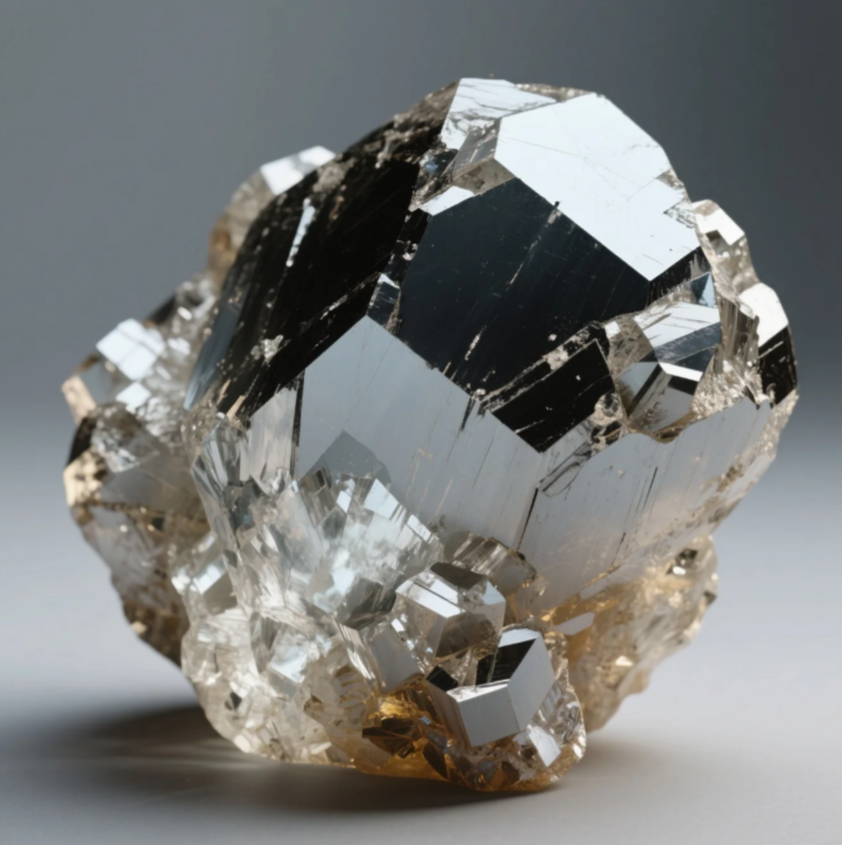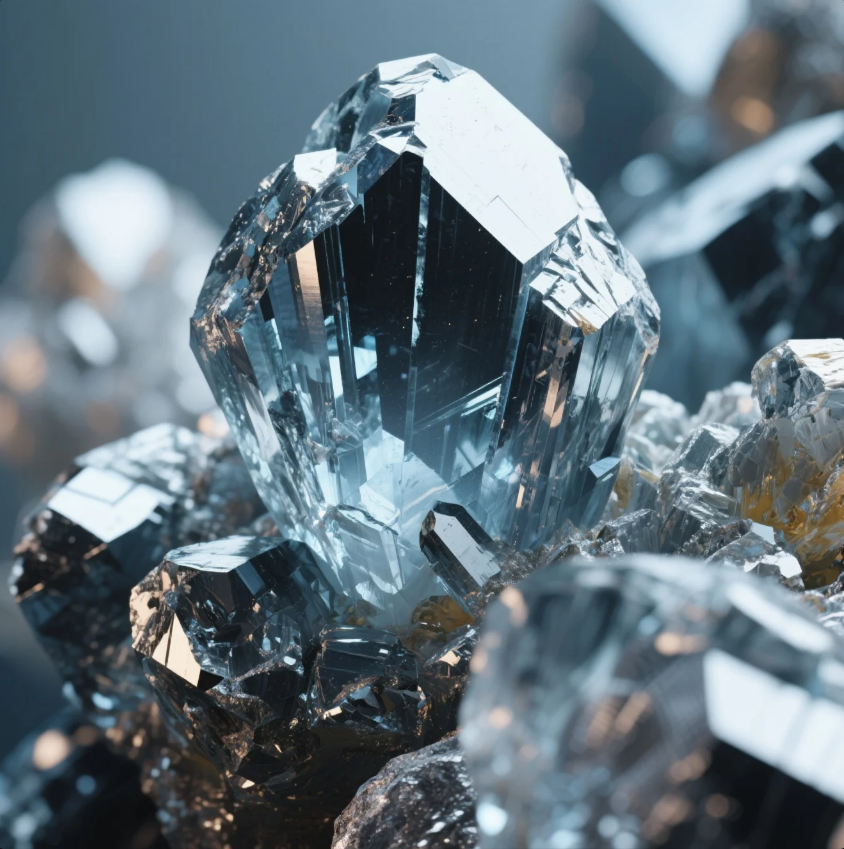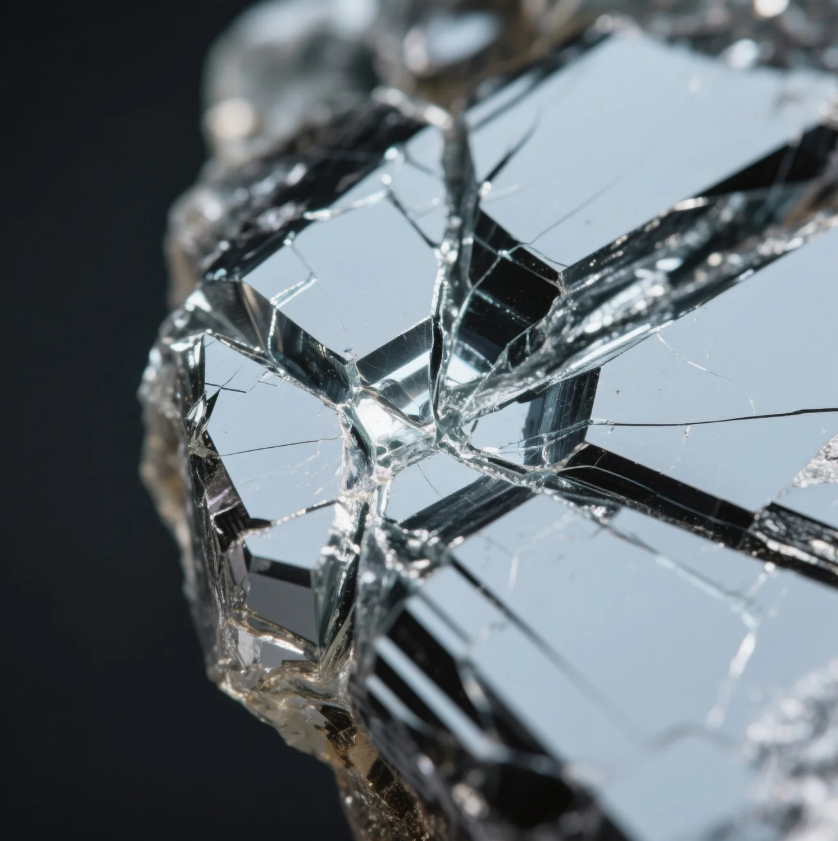What Is the Hardest Mineral?

When it comes to identifying the hardest mineral, diamonds are often the first to come to mind. However, mineral hardness can be more complex than simply naming one mineral. There are several minerals that rank high in hardness, and understanding their properties can shed light on their unique characteristics.
Snippet paragraph: Diamond is the hardest known mineral, but there are other minerals that are hard and unique in their own right.
Transition paragraph: Let’s take a closer look at the hardest minerals, and whether there are any that surpass diamonds in toughness.
Is There a Mineral Harder Than Diamond?
For centuries, diamonds have held the title of the hardest natural mineral. However, in recent years, scientists have discovered other minerals and compounds that challenge this assumption. While nothing in nature is harder than a diamond on the Mohs scale, recent advances have led to the creation of synthetic materials that surpass diamonds in hardness.
Snippet paragraph: Diamonds are the hardest known mineral, but synthetic materials now exist that are even harder.

Dive-Deeper paragraph:
The Mohs scale of mineral hardness, which ranges from 1 (softest) to 10 (hardest), places diamonds at a perfect 10. However, scientists have been investigating other compounds like wurtzite boron nitride and lonsdaleite, both of which have been found to have hardness levels greater than that of diamonds under certain conditions. While these minerals have been synthesized in laboratories, their hardness is still under debate in comparison to naturally occurring diamonds. Nevertheless, for all practical purposes, diamonds still reign as the hardest naturally occurring substance.
Comparison of Hardness
| Mineral | Hardness (Mohs Scale) | Notes |
|---|---|---|
| Diamond | 10 | Hardest naturally occurring mineral. |
| Wurtzite Boron Nitride | 10.5 | Synthetic, harder than diamond under certain conditions. |
| Lonsdaleite | 10.5 | Harder than diamond in specific orientations. |
What Are the Minerals in Order of Hardness?
The hardness of minerals is measured using the Mohs scale, which ranks them from 1 to 10. Here are some key minerals in order of hardness, starting from the softest:
- Talc (1)
- Gypsum (2)
- Calcite (3)
- Fluorite (4)
- Apatite (5)
- Orthoclase (6)
- Quartz (7)
- Topaz (8)
- Corundum (9)
- Diamond (10)
Snippet paragraph: The Mohs scale ranks minerals by hardness, from talc (1) to diamond (10), with each mineral having specific applications based on its strength.

Dive-Deeper paragraph:
The Mohs scale is a relative scale, meaning that it measures the ability of one mineral to scratch another. The softest mineral on the scale, talc, is often used in baby powder and cosmetics, while diamond, the hardest, is used in cutting tools and jewelry. Other notable minerals like quartz (7) are used in manufacturing glass and electronics. Corundum (9), which includes sapphires and rubies, is used in abrasives. Each mineral’s place on the scale reflects its practical uses and durability in various industries.
Mohs Scale of Hardness
| Mineral | Hardness (Mohs Scale) | Uses |
|---|---|---|
| Talc | 1 | Cosmetics, baby powder |
| Gypsum | 2 | Plaster, fertilizer |
| Quartz | 7 | Glass, electronics |
| Topaz | 8 | Jewelry, abrasives |
| Diamond | 10 | Cutting tools, jewelry |
What Is a Very Hard Mineral?
Aside from diamonds, several other minerals are considered extremely hard, ranking high on the Mohs scale. These minerals are valuable not only for their beauty but also for their practical uses in industry. Corundum (9), for example, is a very hard mineral that includes gemstones like sapphires and rubies. It is also used in industrial abrasives.
Snippet paragraph: Minerals like corundum and topaz are also considered very hard, with industrial applications in addition to their use in jewelry.
Dive-Deeper paragraph:
Corundum is a very hard mineral, ranking just below diamond on the Mohs scale. It’s used extensively in industrial applications, such as in the creation of abrasives and cutting tools. Sapphire and ruby are both varieties of corundum that are highly prized as gemstones. Topaz (8) is another example of a very hard mineral that is often used in jewelry and abrasives. These minerals are not only durable but also play essential roles in various manufacturing processes due to their ability to withstand abrasion and maintain sharp edges.
Hardness and Industrial Applications
| Mineral | Hardness (Mohs Scale) | Industrial Uses |
|---|---|---|
| Corundum | 9 | Abrasives, cutting tools, gemstones |
| Topaz | 8 | Jewelry, abrasives |
| Sapphire | 9 | High-tech equipment, gemstones |
What Are the Two Hardest Minerals?
The two hardest minerals are diamond and wurtzite boron nitride. While diamond remains the hardest naturally occurring substance, wurtzite boron nitride is considered harder in synthetic forms and under specific conditions.
Snippet paragraph: The two hardest minerals are diamond, which remains the hardest naturally occurring, and synthetic wurtzite boron nitride.
Dive-Deeper paragraph:
Diamond, at a perfect 10 on the Mohs scale, is universally known as the hardest material. It is unrivaled in natural forms and used extensively in tools for cutting, grinding, and drilling. However, wurtzite boron nitride and lonsdaleite, both synthetic compounds, have been found to surpass diamond’s hardness under particular conditions. These materials are being explored for use in advanced cutting tools and industrial processes where extreme hardness is required. Despite this, diamonds still dominate in many practical applications due to their availability and versatility in natural form.
Hardest Minerals Comparison
| Mineral | Hardness (Mohs Scale) | Notes |
|---|---|---|
| Diamond | 10 | Hardest known natural material. |
| Wurtzite Boron Nitride | 10.5 | Harder than diamond under specific conditions. |
| Lonsdaleite | 10.5 | Harder than diamond in certain orientations. |
Conclusion
While diamonds have long been considered the hardest mineral, recent research has introduced synthetic materials like wurtzite boron nitride and lonsdaleite that challenge this classification. However, diamonds remain unmatched in natural form and continue to play an essential role in numerous industries. Understanding mineral hardness helps determine their application in manufacturing, jewelry, and various industrial fields.







